InSoFast is a proud member of the National Portable Storage Association (NPSA) InSoFast brings our specialized expertise in building insulation and thermal envelopes to the members engaged in the portable storage industry that sells, rents or leases containers, or mobile offices to end users. We offer to all members focused technical and marketing support. InSoFast strives to develop products and services to increase business and add to your bottom line.
Why should you consider partnering with InSoFast?
Chance are that you or your customer are looking for a better way to build. To you we offer the best approach for insulating shipping containers and a profit opportunity. We have developed a full line of space saving, closed-cell insulation panels for containers. InSoFast panels give you a proven and versatile way to insulate the interior and or exterior of a container. We can guide you to many proven solutions, tailored to your climate and to your customer. InSoFast provides multiple instructional videos, and online help that will illustrate the best approach that will work for our unique market place. Let us help you with what will work for you.
Why are you interested in insulating a container?
The are you interested in adding value to your sales by providing an insulating a container?
- Do you already serve customer who wants a complete container solution? Where you supply a ready to use a mobile office or climate controlled storage?
- Do you have a hands on clientele who already crafting their own solution and just needs a container?
- Do you have an customer who is not sure what they need but are asking you for how to modify a container advice?
Is this an opportunity to extend your service to your customers and add to your bottom line?
- Does providing an insulation and framing solution fit the core values and expertise?
- Do you already custom modify containers?
- Do you know your true labor and material costs?
- Is modifying containers a focus of your business?
- Do you have trained in house specialist, carpenters, who already modify containers?
- Is there an accessible and trained labor force that you can draw upon to expand your business?
If this is not a core focus of your business are looking to expand your products and services.
- What do we do if we do not have a fabrication system and do not know labor and material costs?
- Do you work with carpenters, who specialize in modifications or hope to train people in house?
- Is there an accessible and trained labor force that you can draw upon to expand your business?
The real question to ask does this fit my core container rental and sales business?
- We are a sales and rental delivery business and we are good at it. Adding insulation, special locks, shelving, and other supplies for containers will distract us from our core business.
- We are a drop-run-collect and pick-up business selling insulation and framing does not fit.
- We don’t want to spend time figuring out what and how much material our clients would need. Even a tiny mistake would be costly and take up time from good people to fix.
- The people who come here to buy containers they don’t know what they want other than the want a shipping container. They take up too much of our time with their big dreams, who has time to help them?
Questions we need to know to help guide you to the right decision
- What do you want to achieve when you are finished, the end result?
- Residential, Commercial, Industrial, storage, etc.
- What surfaces do you need to frame and insulate?
- Interior application?
- Exterior application?
- How much insulation do you need?
- What “R-Value” is required for your project?
- How much involvement do you want in this process.
- They are our customer and we want to fully serve them, whatever it takes.
- We want to direct them to the answer and stay with our core focus.
- We hope they call our competitors.
What obstacles like building code requirements do you have to address?
BEFORE your customer commits and places an order they should talk to a design professional and their local building code officials. Before they purchase a container is the best time to to discuss regulations, permits, and codes for container building in your area. Different locations have different sets, of rules, zoning and permit requirements.
- Definition of Requirement – (a thing that is compulsory; a necessary condition.)
Helpful Resources:
- Building energy code requirements.
- Modular Building Institute and National Portable Storage Association, Compliance Handbook.
- InSoFast Nationwide Code Compliance Report
What do you want to achieve, the end result?
Has your customer defined the scope of work;
- The next section “define the project’s scope of work” helps them refine their needs, if you have questions give us a call @ 888-501-7899
- Finally, make them commit to a plan and stick to it. Don’t let them overestimate their needs. Measure twice order once.
Define Scope of Work:
STOP
Depending on your container’s condition and end results you want to achieve, we can guide you to the best approach, which insulation panels, insert and/or insulated studs to use.
- The condition that your shipping container is in, matters?
- If you are trying to save money buying a container in “vintage condition,” you may save money on the initial cost of the container but increase your labor costs.
- Shipping container sidewalls are built on an 11″ on center corrugation.
- Note this differs from standard framing construction methods built around 16″ or 24″ on centers. This affects other finish materials waste factors and attachment methods.
Finished Interior/Exterior Space
Finished Interior Space; habitable, suitable to live in. This would be walls that would achieve higher R-Values, and would require planned services like electric, plumbing, windows and door openings and higher-grade finishes and cabinetry.

Commercial Interior/Exterior Space
Commercial Interior/Exterior Space; office spaces, commercial spaces, retail pop-ups and other high-end habitable spaces. These would be walls that would achieve higher R-Values, and planned services like electric, plumbing, windows and door openings and higher-grade finishes and cabinetry.
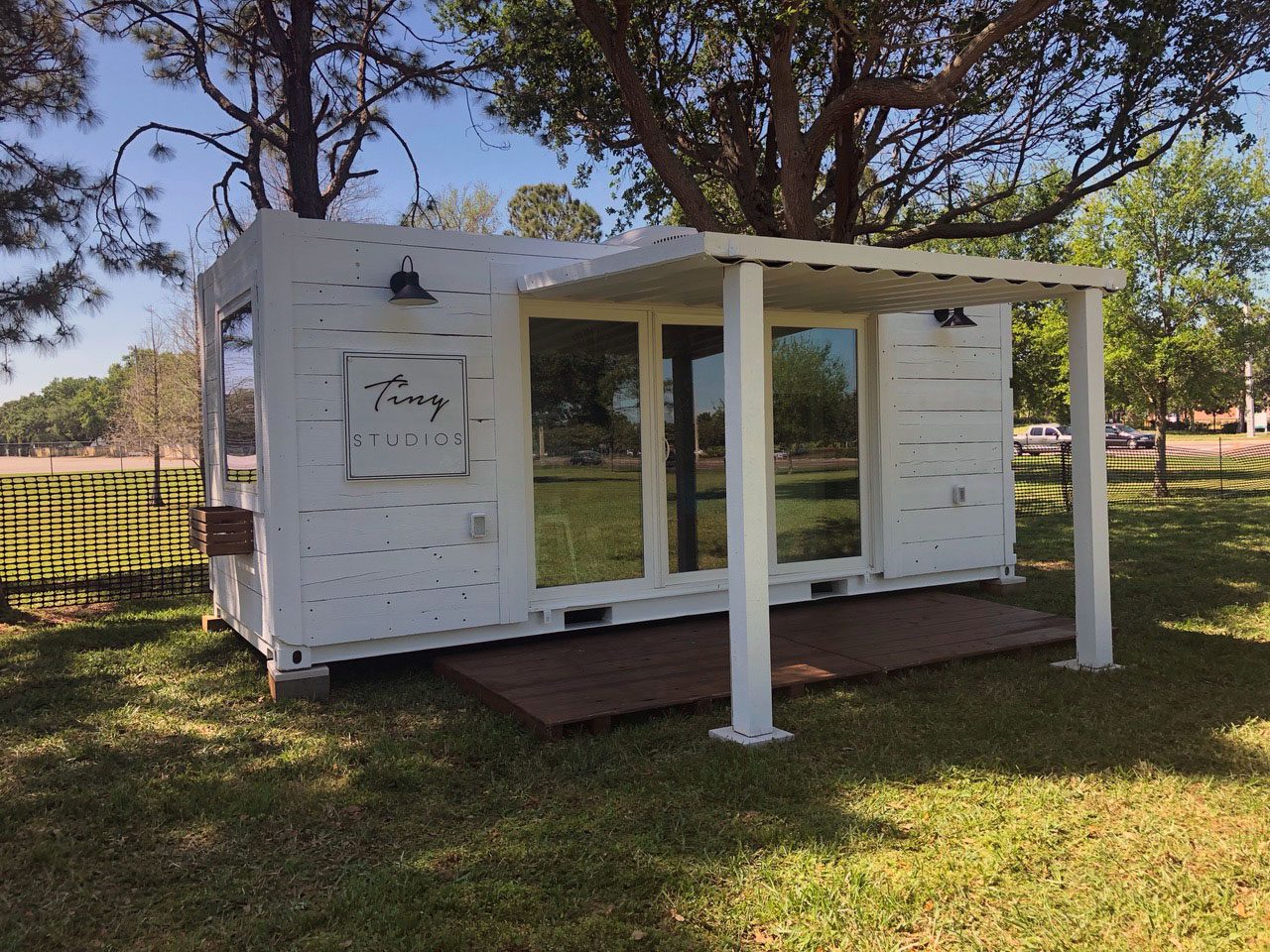


Industrial-Agricultural Spaces

Industrial-Agricultural Interior/Exterior Spaces; These would be walls where interior space is at a premium and services like electrical can be surface mounted. Insulation values can vary but a clean and durable finish materials like FRP fiber reinforced plastic or metal are desirable.
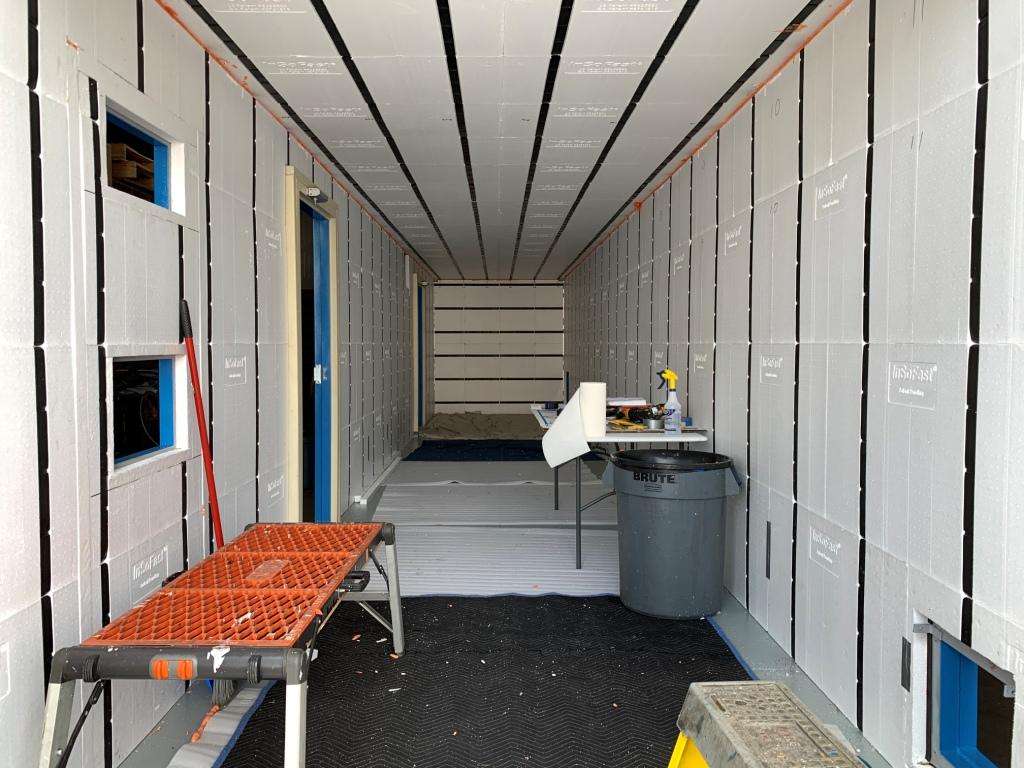
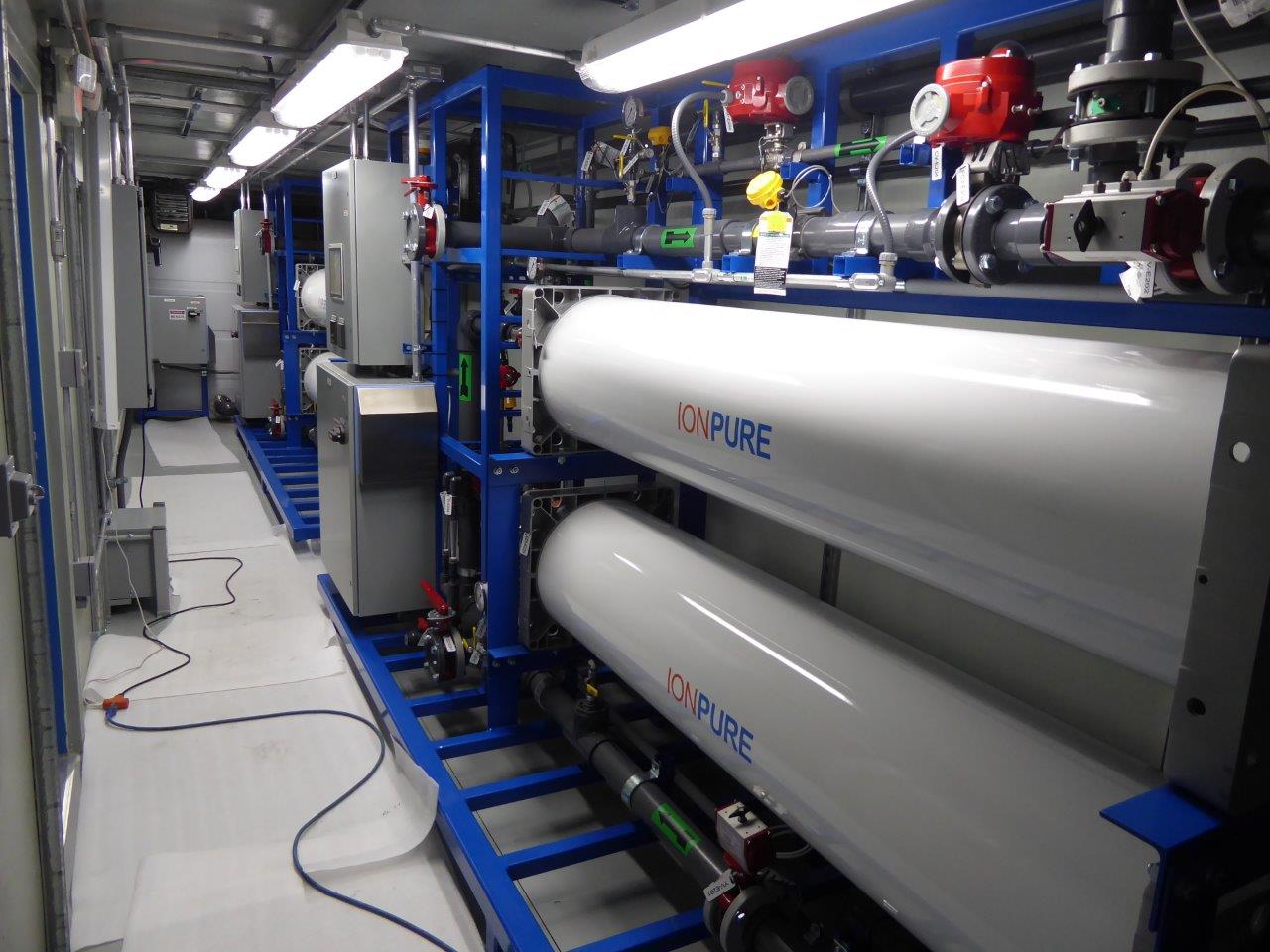
Exterior Finishes
InSoFast is a stable insulation panel that will work well with most exterior finishes. Stucco, thin veneer stone, weathered steel siding, and board and batten siding’s to name just a few finishes. The insulated framing systems allows the designer a wide range of options. The air tight, water tight, and 100% adhesive application, the steel shell need not be compromised with hundreds of screws holes just attaching the exterior finishes.
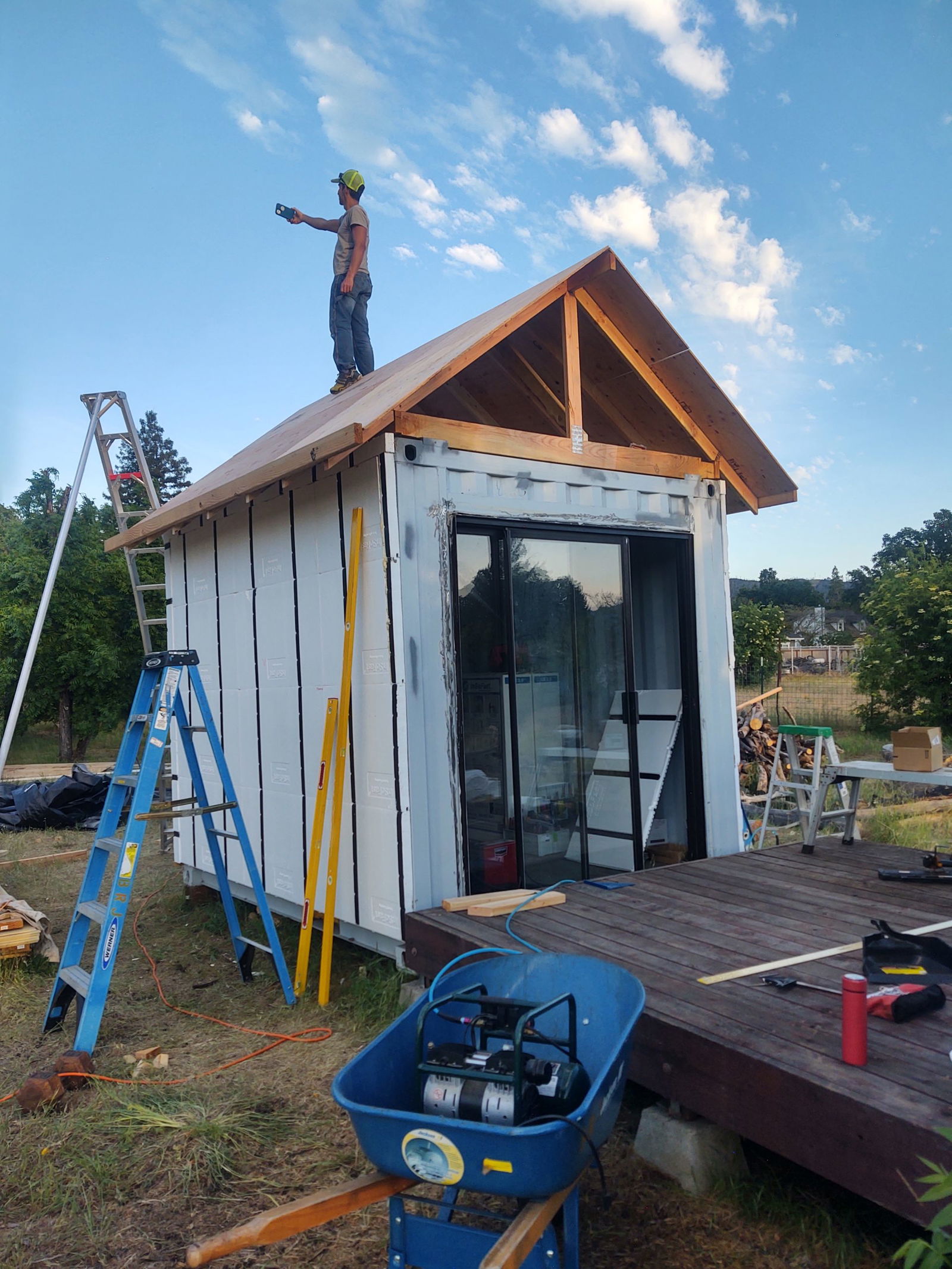


The weathered steel we chose is heavier than most available material siding. Weathered steel, often referred to as *(Cor-Ten). Corten develops a light rust layer that once formed, will protect the underlying material and prevent further corrosion. That is why we chose it for this InSoFast project we are hoping for a dramatic yet rustic finished shipping container.
Definitions, Standards and Terminology
Surface Definitions
A container is a cube with 6 sides, each side has 2 surfaces that can be framed and insulated. Added together interior and exterior, now the possible surfaces to insulate equals 12 sides with windows, doors, then R-Value the combinations are limitless.The interior applications we have a complete series of solutions for ann the interior surfaces and methods. For exteriors we specialize in the sidewalls and endwalls. Roofs and swing doors vary and have more technical and structural requirements.
- Interior Applications
- Sidewall
- Endwall
- Ceiling
- Floors
- Swing Doors
- Exterior Applications
- Sidewalls
- Endwalls
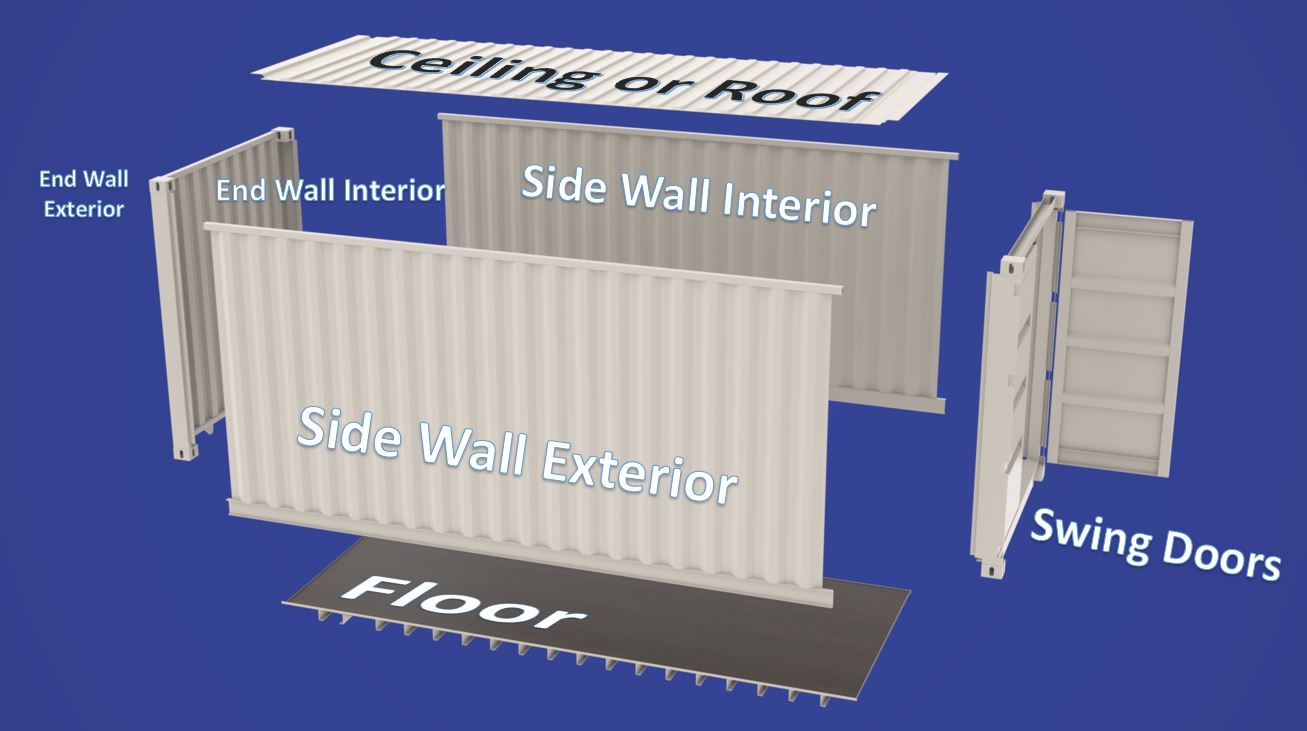
Abbreviations for rating the condition of used shipping containers
InSoFast Definition of Conditions
- New (one trip)
- Used (multiple trips minor dings and dents)
- Vintage (Used hard lots of damage)
It can be very confusing purchasing new or second hand container. Every supplier and reseller can grade conditions on a different scale of good, better, or best, ABC’s, 123’s, and other industry acronyms and certifications. The alphabetic soup of ratings. It all sound so complicated and confusing. Yet it is fairly simple, inspect your container before you make the investment. Would you buy a used car before you took it for a test ride? Take the time and visit your container reseller.
- Institute of International Container Lessors –The IICL sets repair standards, by which all repairs are carried out. IICL is the strictest standards for used containers. Tools and Guides.
- Cargo Worthy– CW Standard under which a used shipping container is deemed suitable for the shipping cargo. The CW or Cargo Worthy standard generally implies that the container has a valid CSC. That little plate attached to the container Convention for Safe Containers. Look for the latest inspection date.
- Wind & Water Tight – WWT a standard under which containers are literally wind and water tight. In short, if you lock yourself inside the container, you should not see any light coming through the panels or roof. WWT makes no reference to the quality of the under-structure.
Wall Preparation per Industry Standards
Definition of Requirement – (a thing that is compulsory; a necessary condition.)
Safety Precaution: Cut out all openings in the container and complete all welding, cutting or grinding operations prior to installing InSoFast panels. Do not expose the foam insulation or plastic studs of InSoFast panels to the flames, heat or sparks generated by welding, grinding or cutting on the steel container after panels have been installed.
- Ensure all surfaces are clean of any debris, dust, loose paint, etc before installing InSoFast panels. It is up to the installer to determine the suitability of the adhesive for the surface you are bonding to. If in doubt, an adhesive performance test can be done.
- Eliminate any leaks before installing InSoFast panels. Do not penetrate the steel walls of your container with screws or fasteners. This compromises the continuous seal and can introduce moisture-related issues.
- If the container has large dented or indented areas, we recommend hammering them as smooth as possible before installing InSoFast products. As an alternative, the foam of the panel or insert can be adjusted by either carving away the InSoFast foam or by adding spray foam as as a dent filler.
- Cut out and frame all openings before installing any InSoFast panels or inserts.
Modular Building Institute and National Portable Storage Association, Compliance Handbook.
How to Choose the Best Container
If you are purchasing and converting a container for storage, a man cave, she shed, mobile office, or just insulated storage we recommend an in person visual inspection. It is okay to act like a Missourian, (the SHOW ME state). It be easier to modify a container in good condition then one with dings, dents, rust, and holes.
It is important to inspect the walls you want to cover before you order InSoFast. InSoFast panels are not suitable for every project. It is up to you to decide if you have the skills necessary to tackle leveling a wall using advanced techniques. A wall must be repaired and stabilized structurally. Containers should be hammered flat and true and all rust spots and hole fixed. InSoFast panels are designed to be applied to structurally sound walls. How to shim and level walls. Learn More
InSoFast Plus Method
Need a higher R-value? It’s easy to increase your R-Value while maintaining the engineered benefits of the continuous InSoFast panels.


